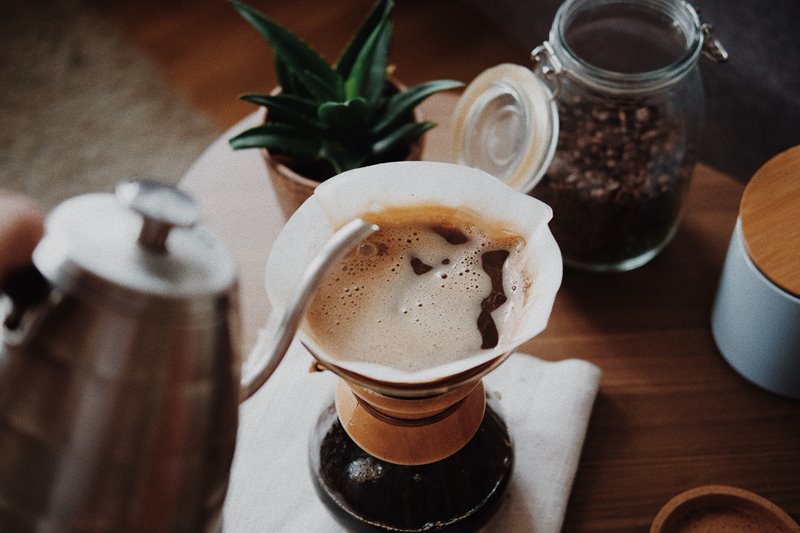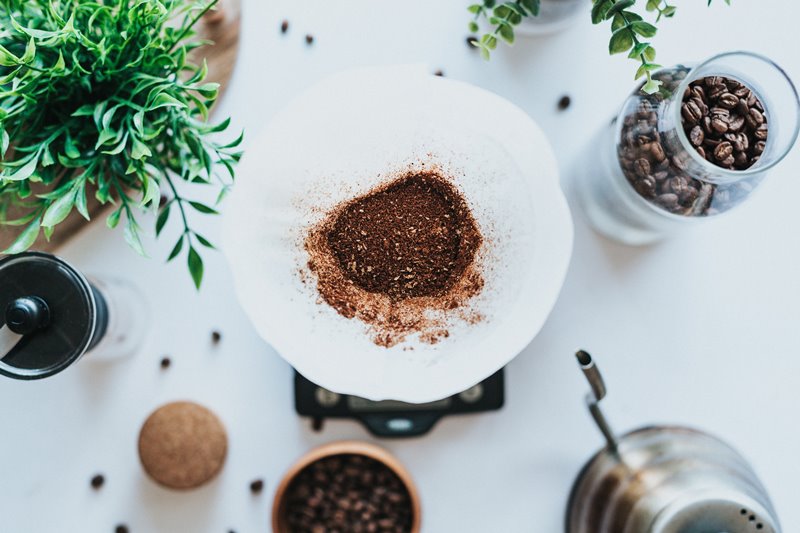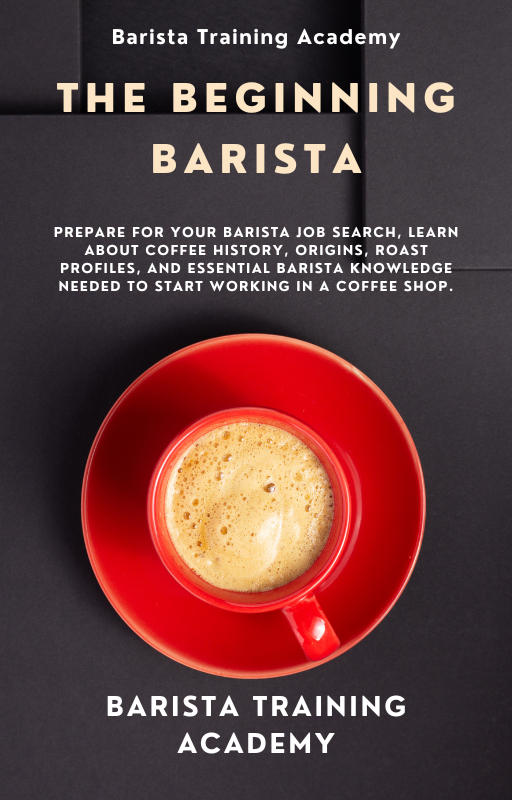Barista Basics
Barista Basics: Introduction to Manual Coffee Brewing
When you choose a barista career, you should know that besides learning how to operate an espresso machine and pour beautiful latte art, you will need to get proficient with pour-over brewing or – in other words – manual coffee brewing. Any basic barista training should include a module or segment on manual brewing, so does The Beginning Barista Guide.
Interestingly, there's a new “slow coffee trend” that is the exact opposite of the coffee on-the-go culture we are familiar with. Most “slow brew bars” or sections of the cafe don’t utilize an espresso machine to brew. However, they contain a variety of other option to choose from:
The Chemex Coffeemaker – a pour-over coffeemaker made in the shape of an hourglass from glass and wood. A paper filter is inserted into the flask's neck and prevents coffee oils from entering the drink.
Hario V60 Coffee Dripper – is a Japanese invention and another popular pour-over device. It comes in the shape of a cone made from ceramics. Its distinctive feature is cone ribs on the inner side, which allow for maximum coffee expansion. You also use a paper filter to brew your coffee.
Kalita Wave Dripper – comparing to Chemex, which is great for several people to enjoy coffee together due to a larger volume; Kalita is a perfect option for a single cup of coffee. It’s valued for a unique three-hole filter, which allows achieving more consistency and even brews.
Bonavita – is a mechanical coffee brewing device that resembles a manual pour-over method and pauses water flow to allow coffee to bloom. It’s usually used to make 6-8 cups of coffee.
There are many other manual coffee brewers, all of which require the right variables to brew a perfect cup of coffee.
Barista Basics

Manual Coffee Brewing Basics
Before you start your manual brew, make sure your variables are correct. We suggest an optimal workflow below.
- Right coffee grind. If you grind coffee too coarse, you will have a weak cup of coffee. For most manual brewing methods, the coffee should be fine, but not as fine as espresso, usually about a salt kernel size.
- Right filter. It’s suggested to use original filters produced by the same company as your brewing device. Check if the filter is the correct size and shape.
- The manual brew ratio should be 16:1. This means that if you have 18 grams of coffee, you will have 36 grams of water.
If you use older coffee, you might want to use more coffee to compensate for the off-gas. - Remember that at 198F, coffee starts to break down. At 202F, the sugars and acids start to break down. And 203 F ensures proper extraction. Modern kettles are usually equipped with automatic thermometers, so you won’t have any problems figuring out the temperature.
- Pour some water over the grounds in a swirling motion. Wait for about 30 seconds to allow your coffee to bloom. Wait until the grounds settle, and then slowly pour the water over in a continuous stream.
- You should serve coffee at 145 F.
- Wash your manual brewing devices and dripper. Proper maintenance will help keep your equipment working longer and better and positively impact taste, maintain consistency, and reduce the risk of foodborne illnesses.
Barista Basics

Manual Coffee Brewing and Presentation
As you grasp manual coffee brewing basics, you need to work on your presentation and communication skills. Developing a personal touch is extremely important, especially if you work with pour-over equipment. The extra time it takes to “slow brew” is a perfect opportunity to discuss the coffee or method you are using with your customers.
Manual coffee brewing often takes a long time and is usually performed in front of a customer. Naturally, a customer may want to know what you are doing. While you grind the coffee portion, you might want to engage with your customers and tell them what you are doing and why.
Consider discussing the coffee origin and what flavors and notes they might expect from your coffee. Additionally, you can consider chatting about the specific brewing device you are using and how its functionality impacts the coffee's taste.
Whether you brew coffee manually or pull a shot on the espresso machine, you want to maintain your drinks' consistency. We suggest you develop a process that makes sense and is the most convenient for you and your workstation. Think of your workflow. Prepare the ingredients and equipment in advance.
For example, consider “dialing-in” your coffee before you get your first customer and have everything you need to serve your customers. This will make the customer's experience more pleasant and make it easier for you.

Barista Training Academy
Brought to you by Barista Training Academy, “The Beginning Barista,” Your Ultimate Prep Guide to Getting Your First Job as a Barista” is an ultimate resource that is available online. It is affordable for anybody who is looking to start a career in the coffee industry. For more information, visit our blog.
